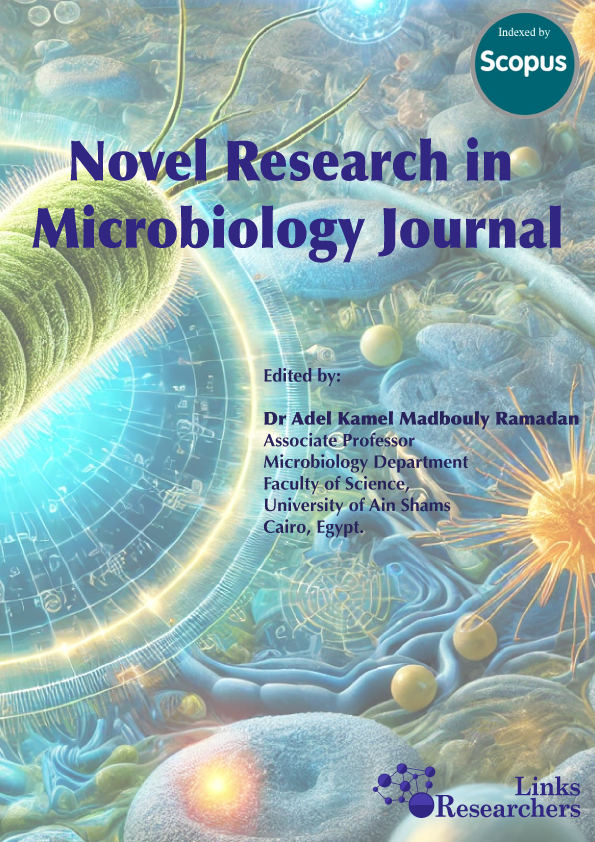Comprehensive insights into colistin and colistin resistance: updated regulations and policies on colistin usage and alternative strategies for mitigation and prevention of colistin resistance
Novel Research in Microbiology Journal (2024), 8(5): 2632-2652
Comprehensive insights into colistin and colistin resistance: updated regulations and policies on colistin usage and alternative strategies for mitigation and prevention of colistin resistance
Zine El abidine Bzazou El Ouazzani1*; Laila Reklaoui1; Monsif El Madany2; Houda Benaicha3; Said Barrijal1
ABSTRACT
The increase in antimicrobial resistance (AMR) has a significant impact on healthcare,
leading to longer hospital stays and higher economic costs. This is primarily caused by the
over and inappropriate use of antibiotics. Microorganisms have developed various
mechanisms to combat the effects of antibiotics, including modifying their genetic material to
evade the drugs' harmful effects. Colistin disrupts bacterial cell membranes by interacting with
lipopolysaccharides (LPS), causing cell death. Currently, colistin is regarded as a last-resort
antibiotic for treating infections caused by Gram-negative bacteria (GNB). Overuse of colistin
in animal feed and human medicine has led to the appearance of genetic mutations and the
acquisition of mobile colistin resistance (mcr) genes associated with colistin resistance. The
rapid emergence of the plasmid colistin-resistant gene further complicates treatment strategies,
emphasizing the pressing need for improved management and development of novel
antimicrobial agents. Thus, gaining an understanding of the mechanisms behind colistin
resistance and surveying its global prevalence are crucial steps in managing the growing
menace of antimicrobial resistance and safeguarding the effectiveness of existing antibiotics.
This review aimed to provide an in-depth and up-to-date overview of the colistin antibiotic,
detailing its updated modes of action and associated side effects. Additionally, it delves into
various mechanisms of resistance to colistin, advanced susceptibility test methods used for
detecting colistin resistance, and the challenges associated with these techniques. Furthermore,
the review examines the risk factors contributing to the development of colistin resistance, highlights updated regulations and policies governing colistin usage, and puts forth innovative
strategies for addressing this resistance.
To share on other social networks, click on any share button. What are these?






